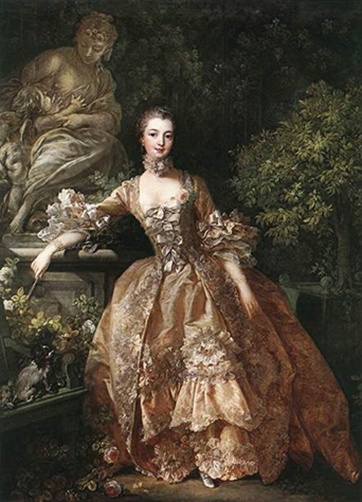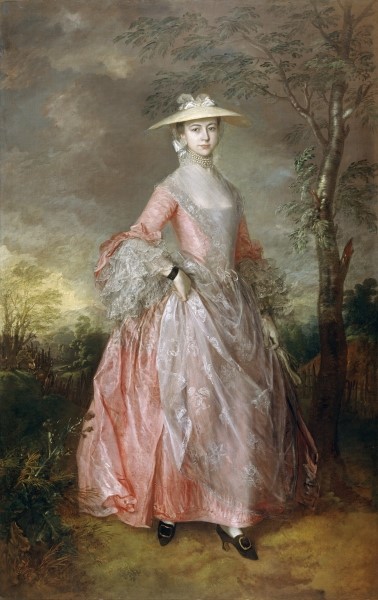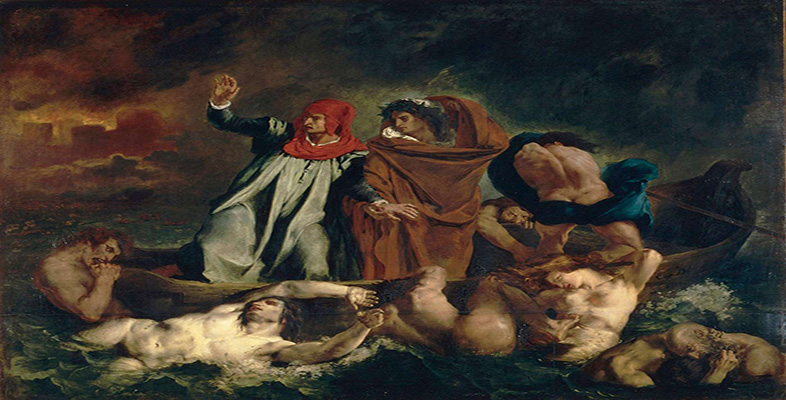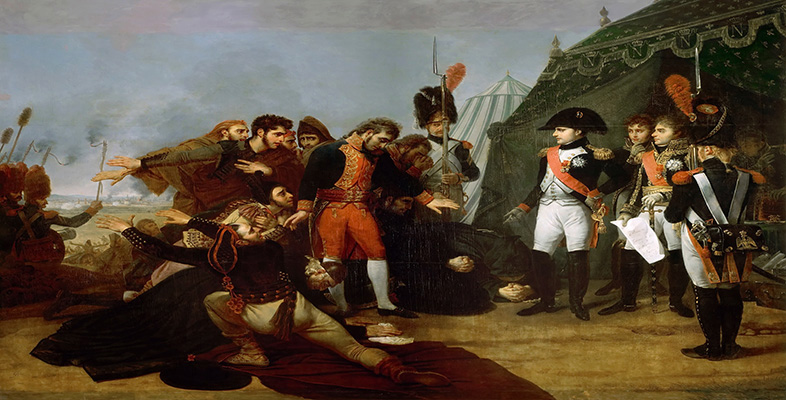 Madame de Pompadour by François Boucher 1759
The idea that pink is feminine is something that we tend to take for granted. It works as a convenient shorthand – an obvious example is the wearing of pink ribbons to mark breast cancer awareness. However, this colour coding can also be a cause for concern – there has been much anxious debate in the media about the ‘pinkification’ of products aimed at young girls, for example. It is argued that the association of pink with femininity entails a rather narrow view of what it means to be a woman, one centred on youth, beauty, sexuality and motherhood. Pink may seem gentle, sweet and pretty, but these appealing qualities all too readily flip over into passivity, frivolity and artificiality.
Madame de Pompadour by François Boucher 1759
The idea that pink is feminine is something that we tend to take for granted. It works as a convenient shorthand – an obvious example is the wearing of pink ribbons to mark breast cancer awareness. However, this colour coding can also be a cause for concern – there has been much anxious debate in the media about the ‘pinkification’ of products aimed at young girls, for example. It is argued that the association of pink with femininity entails a rather narrow view of what it means to be a woman, one centred on youth, beauty, sexuality and motherhood. Pink may seem gentle, sweet and pretty, but these appealing qualities all too readily flip over into passivity, frivolity and artificiality.
For me, as an art historian specialising in eighteenth-century French art, the debate around pink is of interest because no period in the history of art is more associated with the colour. For much of the century, art and design was dominated by the playful, erotic and decorative style known as the rococo. Artists associated with the style, most notably the painter François Boucher, typically used bright, pale colours, including pink, and it has often been claimed that the reason that their work looks the way it does is because of the influence exerted at the time by female patrons of art, such as the French king Louis XV’s official mistress, Madame de Pompadour, whose favourite colour is said to have been pink. But these claims seemed rather doubtful to me - could it really be true that the unprecedented pinkness of rococo painting was the result of the power of female taste?
When I started to look into this question, I discovered that pink was a relatively new colour at the time. Both English and French language sources indicate that in the more distant past it was not yet clearly distinguished from other warm hues, such as red and even yellow. Paintings dating from the fifteenth century onwards, however, typically depict Venus (also known as Aphrodite), the classical goddess of love, beauty and desire, with pinkish toned draperies, suggesting that the colour was in practice already associated with these qualities. By the seventeenth century pink’s association with love was so well-established that it was often used in theatrical costumes for the part of a lovelorn suitor. Only in the eighteenth century did it become a colour widely worn by women in everyday life, however. A wonderful example of this fashion is Thomas Gainsborough’s 1764 portrait of Countess Howe walking through a romantically stormy landscape wearing a rose pink silk dress.
 Portrait of Mary Countess Howe by Thomas Gainsborough c.1764
So do the pinkish tones of rococo painting really reflect the influence of women’s taste? Did Mme de Pompadour help to set for the fashion for this colour? In fact, however, there is no evidence that she did have a penchant for pink. It is true that the Sèvres porcelain manufactory, which she patronized, produced a colour called ‘pompadour pink’ during her lifetime, but in fact it was only after her death that it became known by this name; she actually seems to have preferred blue porcelain. What really happened is that male writers of the period who disapproved of the playful eroticism and pinkish tonality evident in the work of artists such as Boucher blamed these developments on the influence of women. Most of this art was produced for male patrons, however. Rather than telling us anything about the reality of female taste at the time, therefore, these texts are a classic instance of the way that femininity has historically been equated with frivolity, sensuality and corruption.
Portrait of Mary Countess Howe by Thomas Gainsborough c.1764
So do the pinkish tones of rococo painting really reflect the influence of women’s taste? Did Mme de Pompadour help to set for the fashion for this colour? In fact, however, there is no evidence that she did have a penchant for pink. It is true that the Sèvres porcelain manufactory, which she patronized, produced a colour called ‘pompadour pink’ during her lifetime, but in fact it was only after her death that it became known by this name; she actually seems to have preferred blue porcelain. What really happened is that male writers of the period who disapproved of the playful eroticism and pinkish tonality evident in the work of artists such as Boucher blamed these developments on the influence of women. Most of this art was produced for male patrons, however. Rather than telling us anything about the reality of female taste at the time, therefore, these texts are a classic instance of the way that femininity has historically been equated with frivolity, sensuality and corruption.
Finally, does this snippet of art history have anything to say to us about the association of pink with femininity today? I think it does. It confirms that pink is first and foremost the colour of love and sexuality and hence implies a view of women centred on these qualities. In other words, if you don’t want people to see you in those terms, it’s a colour best avoided. In fact, eighteenth-century women were already aware of this. In Fanny Burney’s novel, The Wanderer (1814), for example, the heroine is horrified to be given a pink dress to wear to play in a concert, when all of the other young women performing are in white. Professional black is a more likely option than virginal white nowadays for a public engagement, but pink remains a risky choice if you want people actually to listen to you.



Rate and Review
Rate this article
Review this article
Log into OpenLearn to leave reviews and join in the conversation.
Article reviews
Most of this art was produced for male patrons, however. Rather than telling us anything about the reality of female taste at the time, therefore, these texts are a classic instance of the way that femininity has historically been equated with frivolity, sensuality and corruption.
I know that there were issues with the permanency of certain reds and that colours themselves had values based on diverse considerations so did this come into the mix?